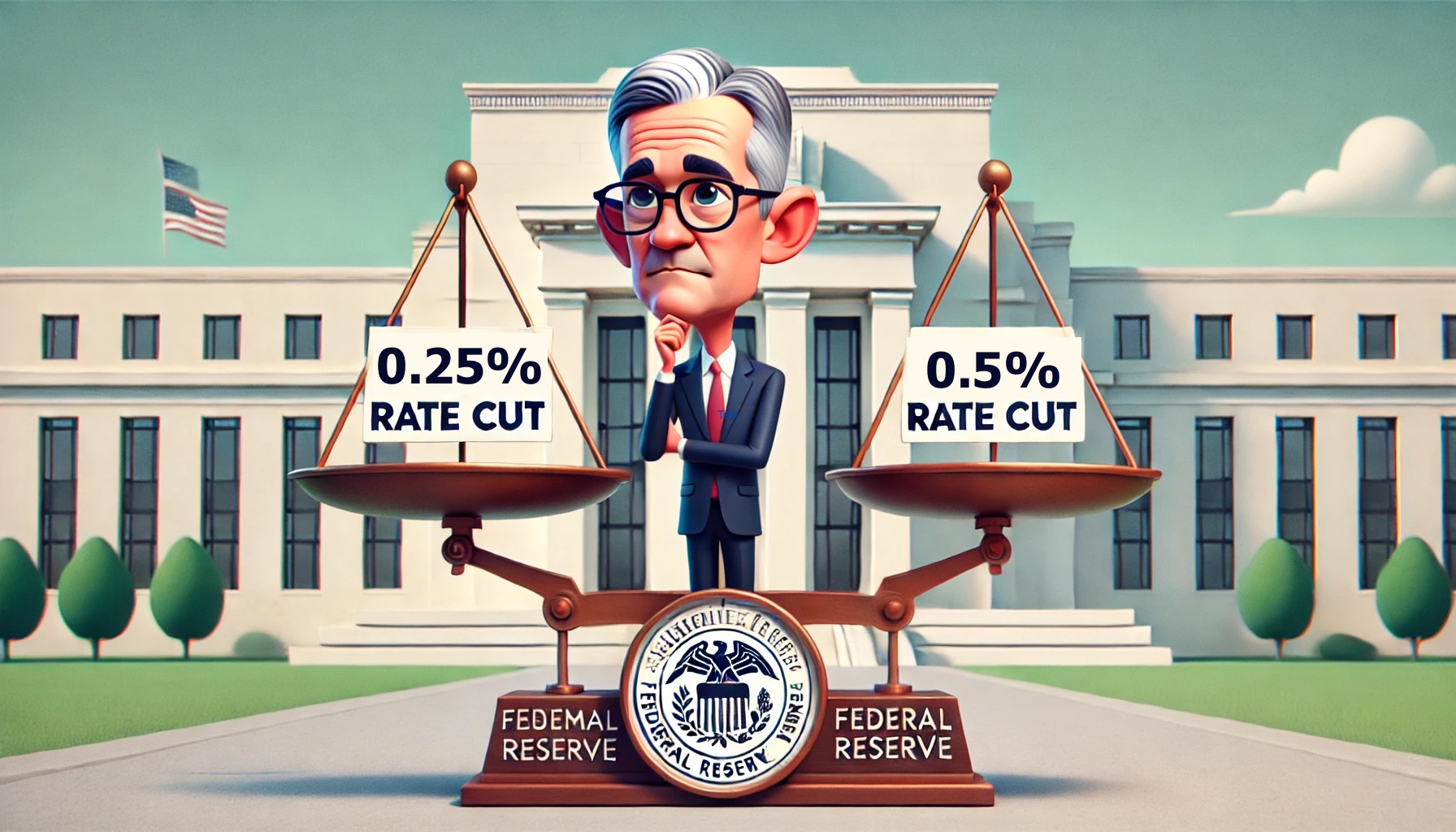After an eventful week where the S&P 500 dropped 4%, U.S. stocks have been relatively directionless. While the index was up for the past two days, Monday saw a modest gain of 1.16%, and Tuesday added just 0.45%. These are not strong rallies, and they might simply be a relief rebound following last week’s sharp decline. What’s notable is that the volatility index has dipped back below 20, signaling that the stock market has returned to a calmer state.

It’s a positive sign that volatility dropped so quickly, rather than a prolonged downtrend following the initial selloff. This gives investors some breathing room and helps prevent panic.
Inflation numbers are due to be released today, but I don’t expect any negative surprises. Investors seem less concerned about inflation and are now more focused on the risk of an economic slowdown. Leading indicators, such as commodity prices, suggest that this inflation report may come in lower than expected.
For example, the price of crude oil, a key energy source, has dropped 11% from a month ago. This decline points to slowing demand and weaker economic activity, which could help dampen inflation.

Additionally, the overall commodity index is down 8% from last month, reinforcing the idea that inflation risks are subsiding.

However, if inflation comes in too low, stocks could still take a hit. This is because it would confirm fears that the economy is slowing too rapidly and that the Fed may have been too slow in cutting rates. If the Fed decides to cut rates by 0.5% at the upcoming FOMC meeting, it could signal that they recognize the urgency and are trying to catch up. This, in turn, could trigger another selloff.
The best-case scenario would be for inflation to meet expectations and for the Fed to cut rates by 0.25%. Anything too far off could be unsettling for the markets. It’s a fine line the Fed needs to walk.
Apple vs Huawei
In other news, Apple just launched its iPhone 16, but as usual, there aren’t many changes, aside from a focus on Apple Intelligence. Personally, I’m still using an iPhone 12, and I’m not even slightly tempted to upgrade. I doubt I’m alone in feeling this way.

Huawei, meanwhile, timed the release of its new tri-fold phone to coincide with Apple’s launch. After a strong comeback last year, Huawei has been gaining market share in China, and this new device is highly anticipated. It was reported that the tri-fold Mate XT had 3 million pre-orders just hours before the iPhone 16 was announced.
While the bi-fold hasn’t fully caught on, Huawei is now launching a tri-fold. Could a quad-fold be next? It’s almost like carrying a brochure in your pocket.

The tri-fold design does make sense, though. When fully open, it functions like a true tablet, whereas a bi-fold is more like having two phones side by side.

Maybe the tri-fold will become the new standard for foldables. Time will tell. Either way, Apple needs to step up its game. Its lack of breakthrough innovations is becoming more apparent. Yes, Apple products are still beautiful, functional, and user-friendly, but they shouldn’t push the loyalty of their fanbase too far.
JPMorgan Chase (JPM) Down 5% in One Day
JPMorgan Chase saw its stock drop 5% after President and COO Daniel Pinto remarked that an upcoming rate cut would lead to smaller-than-expected increases in banks’ interest income. Other major bank stocks were less affected, although Goldman Sachs dropped 4%.

This reaction is surprising, as investors should be aware that rate cuts compress net interest margins. Therefore, I see it more as a knee-jerk reaction than a fundamental shift. Banks have demonstrated their ability to perform well even in past near-zero interest rate environments. If they could remain profitable with near-zero rates, they should continue to do well with rates around 3%, even after cuts.
Rate cuts could also benefit smaller banks, as their mark-to-market losses on treasury holdings will shrink, potentially preventing the kind of bank failures we saw in March 2023. Overall, rate cuts are likely a good thing for many sectors, but it remains unclear how much of this good news has already been priced in.
Most importantly, the economy needs to remain stable. If the Fed doesn’t need to make larger cuts, it’s a sign that things are holding up reasonably well.

